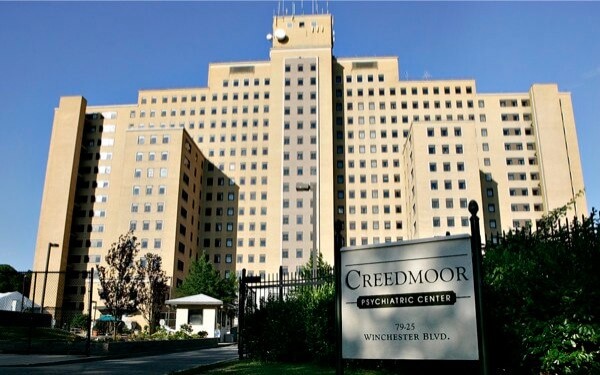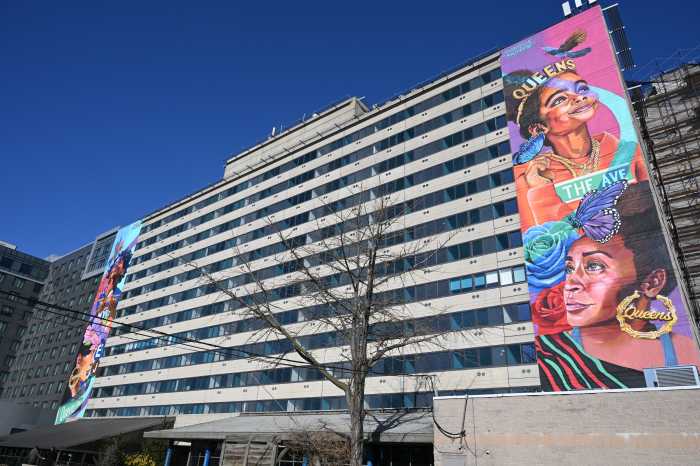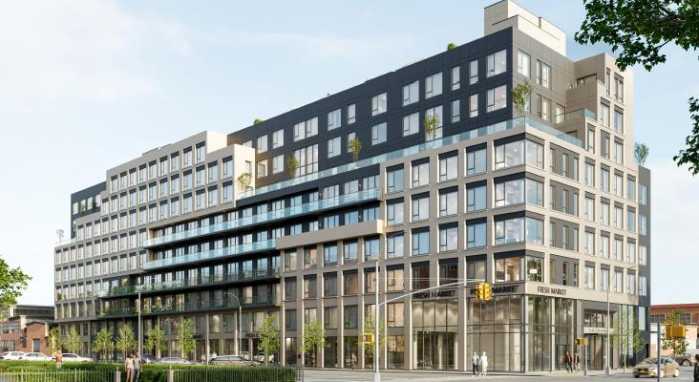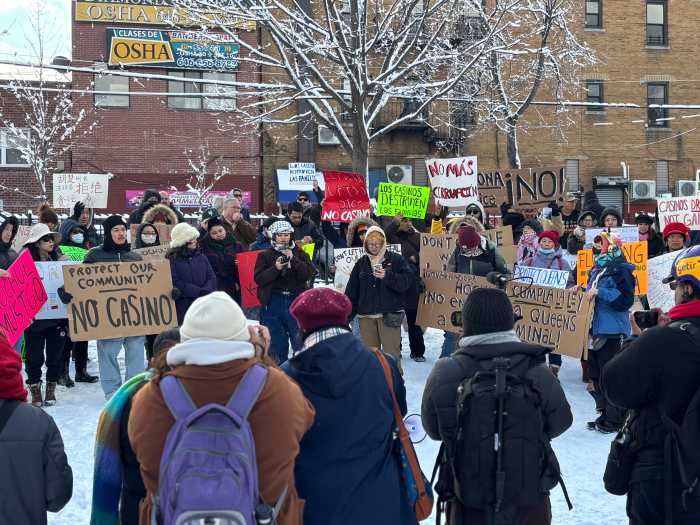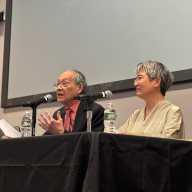The Creedmoor Community Advisory Committee unveiled an updated proposal for the Creedmoor Mixed-Use Project that reduced housing units from 2,775 to 2,022, sparking some backlash during a CAC meeting on Oct. 29.
The project, which was initiated by Empire State Development, the state’s main economic development agency, and Borough President Donovan Richards, will redevelop the vacant Creedmoor campus between Hillside Avenue, Winchester Boulevard and Union Turnpike in Queens Village if approved.
Representatives from ESD, Queens Community Board 13, the office of the Queens borough president, the American Institute of Architects, the Rocky Hill Civic Association, the Center for NYC Neighborhoods and more attended the meeting, hosted via Zoom, to discuss the recent updates and participate in a Q&A session.
The chair of CB 13, Corey Bearak, said the updated proposal with reduced units properly addressed concerns previously raised by the board, and it fully supported the project presented during the Oct. 29 meeting.
While the board did not respond to QNS’s request for comment as of press time, previous reporting by the Queens Eagle stated that members of the board felt the project was too dense and did not fit the suburban character of the surrounding community.
The board released a joint statement in August that said the following:
“Queens Community Board 13 thanks our state and city legislators — state Assemblymember Ed Braunstein, state Sen. Toby Stavisky and City Council Member Linda Lee — for standing with our community to secure a new plan for Creedmoor that provides a scale of housing density consistent in scale with eastern Queens and no longer exacerbates existing oversaturation of supportive housing in Queens Community Board 13.”
However, Borough President Donovan Richards said despite his agreement to the updated proposal, he was dissatisfied with the reduction in units and refused to negotiate any further reductions.
“I’m not here to play games,” Richards said to attendees, emphasizing the housing crisis. “We have to do something to make sure that we’re addressing this crisis for your grandchildren, for your children, and for my child as well, who’s a nine-year-old and I want to keep in this community.”
Under the new proposal, 1,045 homeownership units will be built and include a mix of affordable and market-rate units. Another 977 rental units will be built, all of which will be affordable, and include 412 units reserved for seniors, 199 supportive units for those with mental illnesses, 78 units for veterans and 288 general units.
Construction is slated to begin in 2027 and will be completed in phases. The first phase includes plans for construction to build 456 affordable units near the southern end of the property, near Hillside Avenue. Of those affordable units, 180 will be reserved for homeownership, 55 for those with mental illness, 78 for veterans and 143 for general rental.
There will also be 600 parking spaces built in the first phase to accommodate the anticipated increase in residents, as well as community facilities and 38,000 square feet of neighborhood-scale retail.
Details of the next phases have yet to be determined, but representatives from ESD said at some point a school building will be constructed off Hillside Avenue to support the growing student population in the area as residents move in. Bob Tuttle, assistant vice president of real estate development and planning at ESD, said the school would not be built until the state’s School Construction Authority and Department of Education determine capacity needs and receive funding.
Richards said this compromise was a “sweet spot” and appeased those who complained about the anticipated influx of newcomers, but he felt it was “ridiculous” to be having conversations about objections to affordable housing when so many are struggling to find it.
He noted that many veterans, who are his constituents which must answer to, live in homeless shelters. Some city workers, he continued, who provide services to the community, such as crossing guards and teachers, also live in shelters.
Richards then referenced an Oct. 20 report by Advocates for Children of New York that states over 150,000 children in the city — nearly one in seven — experienced homelessness in the 2024-25 school year.
“That is a real reality,” he said. “The objective is to ensure that this is a Queens that is representative of the foundation that many of you on this line have built… Our seniors need housing, our young people can’t afford a home here.”
He argued the existing proposal doesn’t even put a dent in the housing crisis, and he and the city still have much more work to do in order to ensure more projects like Creedmoor are approved and built.
Zakaria Kazmi, who described himself as a young resident during the Oct. 29 meeting, said he is personally impacted by the housing crisis and cannot afford to leave his family home in Queens Village due to the rising cost of housing.
“I think cutting units was disgusting and morally reprehensible,” Kazmi said.
He revisited the issue later in the meeting, asking for more clarity as to the decision to reduce the number of units and why it was made without a CAC meeting first. He added that he felt community boards don’t truly represent the neighborhood and emphasized the housing crisis Richards brought up earlier in the meeting. He agreed with Richards that the reduction in units was disappointing, considering the scale of the crisis.
“So far, ESD seems to be using the CAC and its members to legitimize decisions made without our input,” Kazmi said, questioning the purpose of the CAC is and how they advise decisions. “It doesn’t really feel like a lot of advising has been going on, especially on my end.”
Anna Pycior, senior vice president of community relations at ESD, clarified that the CAC consists of stakeholders, including geographic associations, technical experts, local officials and community members across multiple generations.
Additionally, Corey Bereak argued that a “significant number of people of [Kazmi’s] demographic” were on the subcommittee that oversaw the Creedmoor project’s proposal, but Richards quickly interjected, stating the issue was not about demographics and it was time to move on with the project.
According to the timeline presented by ESD during the meeting, the next step in the process is for the approved proposal to be reviewed by the Public Authorities Control Board, the state agency that approves the financing and construction of projects. Once approved, state agencies will select a developer to complete construction, which ESD estimated will begin in 2027 and be completed by 2029.

